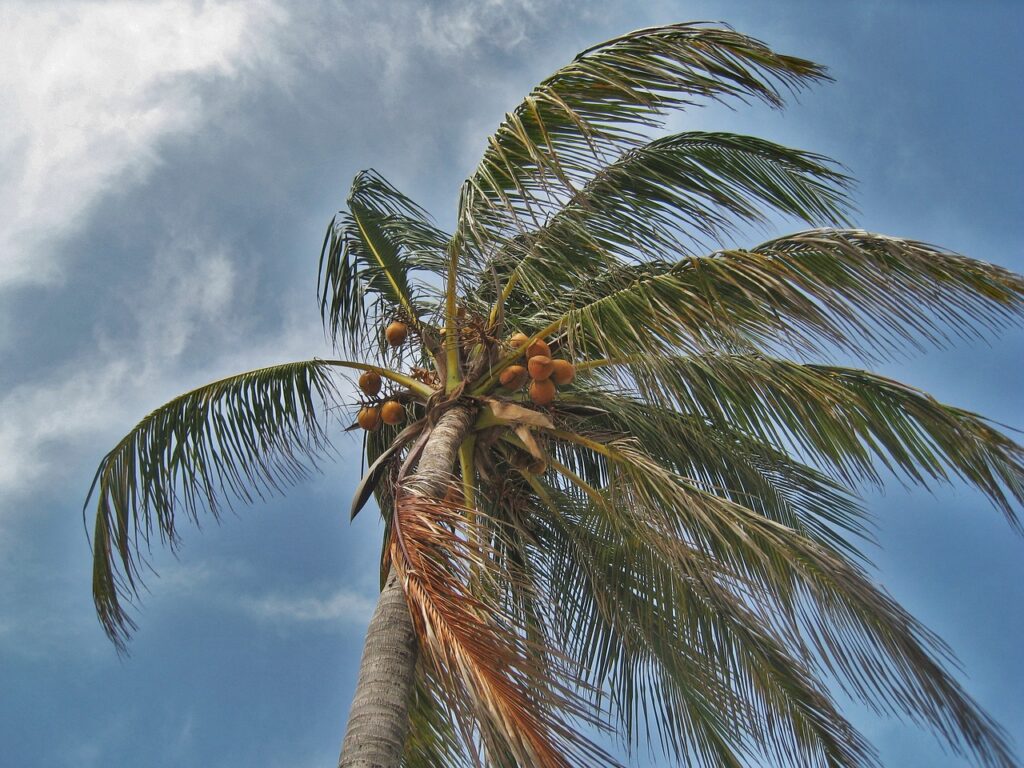| Introduction To Florida's Weather In July |
|
| Florida, known as the "Sunshine State," offers visitors and residents alike a tropical paradise with stunning beaches, vibrant cities, and diverse ecosystems. However, it is important to be prepared for the unique weather conditions that prevail in July. As one of the hottest months of the year, July in Florida can be characterized by scorching temperatures and high humidity levels. Average daily temperatures range from 90°F (32°C) to 95°F (35°C), making it essential to stay hydrated and protect yourself from the sun's intense rays. |
| Thunderstorms are also common during this month due to the increased moisture in the air, providing temporary relief from the heat but potentially disrupting outdoor activities. Whether you're planning a beach vacation or exploring Florida's captivating attractions, understanding the weather patterns in July will help you make informed decisions about your itinerary and ensure a comfortable and enjoyable experience. |
Average Temperature And Humidity Levels In July | |
| In the sunny state of Florida, July brings warm temperatures and high humidity levels. With an average temperature ranging from 75°F (24°C) to 92°F (33°C), residents and visitors alike can expect hot and sometimes scorching weather during this month. The state experiences long, sunny days with a generous amount of sunshine throughout July, making it perfect for outdoor activities and beach visits. |
| However, it is important to note that Florida's humidity levels can be quite high during this time. Average relative humidity ranges from around 70% to 80%, creating a muggy and sticky atmosphere. It is advisable to stay hydrated, seek shade when needed, and wear light clothing to combat the heat and humidity while enjoying all that Florida has to offer in July. |
Rainfall And Thunderstorms: Common Weather Patterns In July | |
| July brings about a distinct weather pattern in Florida, characterized by frequent rainfall and thunderstorms. As the state experiences its wet season during this time, it is no surprise that rainfall becomes a daily occurrence. Dark clouds start to gather in the afternoon, and showers often occur intermittently throughout the day, providing relief from the scorching heat. These showers are often accompanied by thunderstorms, which can be quite intense at times. |
| The combination of high temperatures and abundant moisture creates an ideal environment for thunderstorm development. Lightning flashes across the sky while loud claps of thunder reverberate through the air. Heavy downpours are not uncommon during these storms, leading to localized flooding in some areas. It is essential for residents and visitors alike to stay prepared for sudden changes in weather conditions during July. |
Tips For Dealing With Florida's Heat And Sun During July | |
| 1. Stay hydrated: The scorching temperatures in Florida can lead to dehydration quickly. Carry a water bottle with you at all times, and make sure to drink plenty of fluids throughout the day. 2. Seek shade: Take advantage of any shaded areas or seek shelter indoors during the hottest parts of the day, typically between 10 am and 4 pm. This will help protect you from direct exposure to the sun's rays. |
| 3. Wear sunscreen: Apply a broad-spectrum sunscreen with a high SPF rating before going outside. Reapply every two hours, especially if you're sweating or spending time in the water. 4. Dress appropriately: Opt for loose-fitting, lightweight clothing made from breathable fabrics like cotton or linen. Wearing a wide-brimmed hat and sunglasses can also provide additional protection from the sun. 5. |

